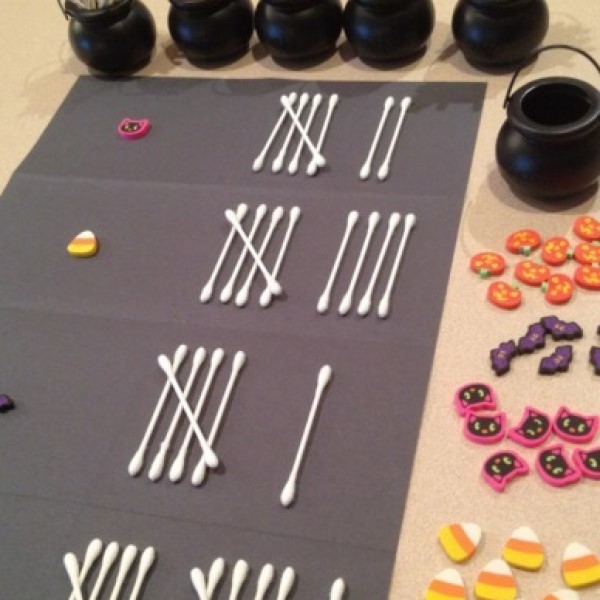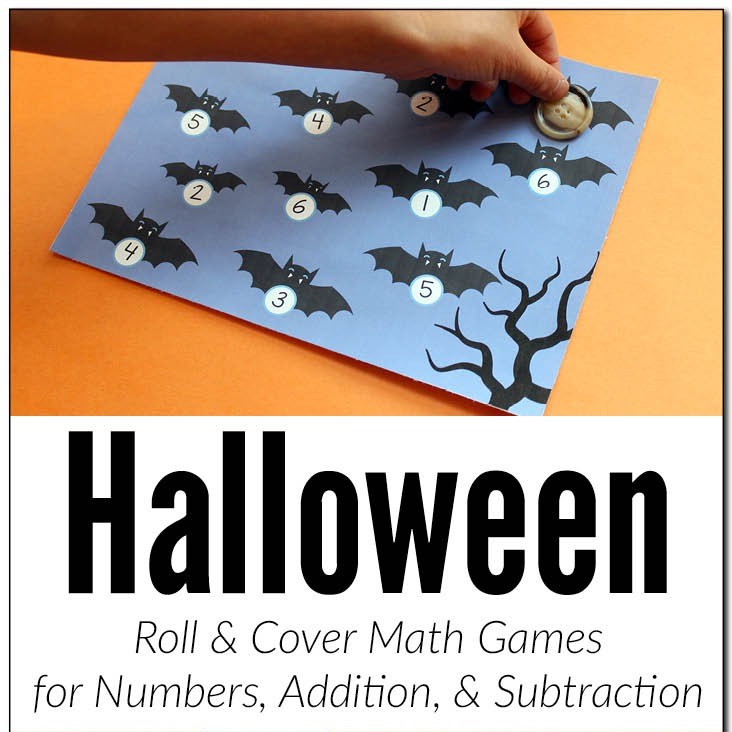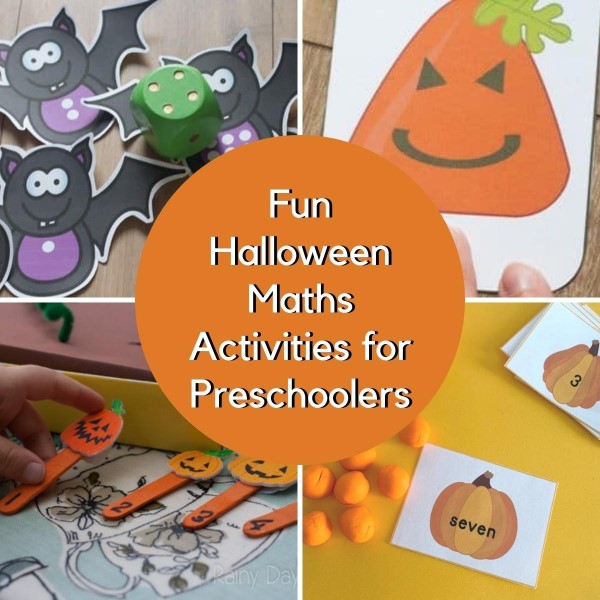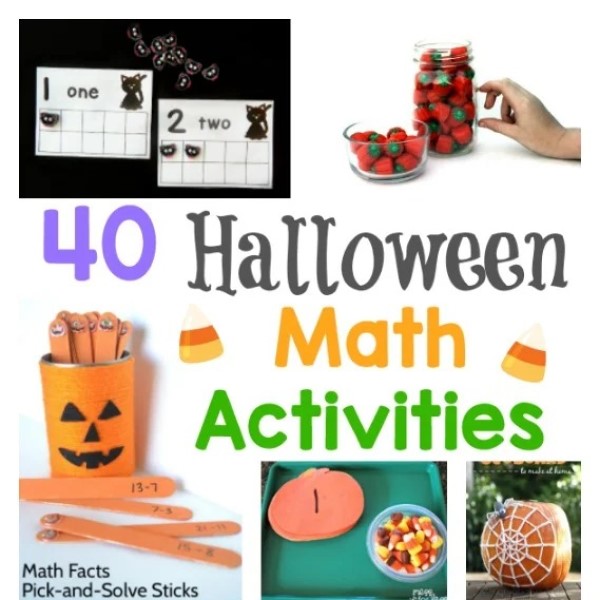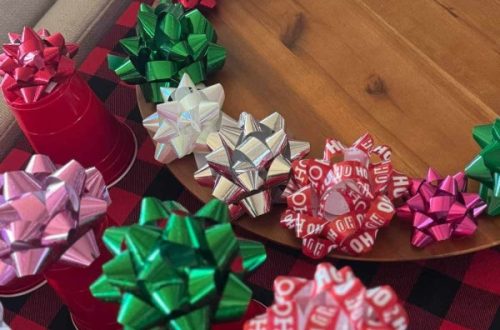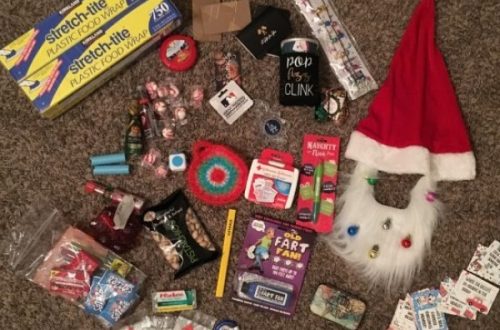Introduction
Halloween is a festive time for students to enjoy costumes, decorations, and candy. However, it’s also an excellent opportunity to incorporate education into the fun. Halloween math games provide a unique way to engage students while teaching essential math skills. These games use the spooky season’s themes, turning math lessons into enjoyable and interactive activities. Using Halloween-themed math games, educators can enhance students’ learning experiences, help solidify their understanding of math concepts, and make learning memorable.
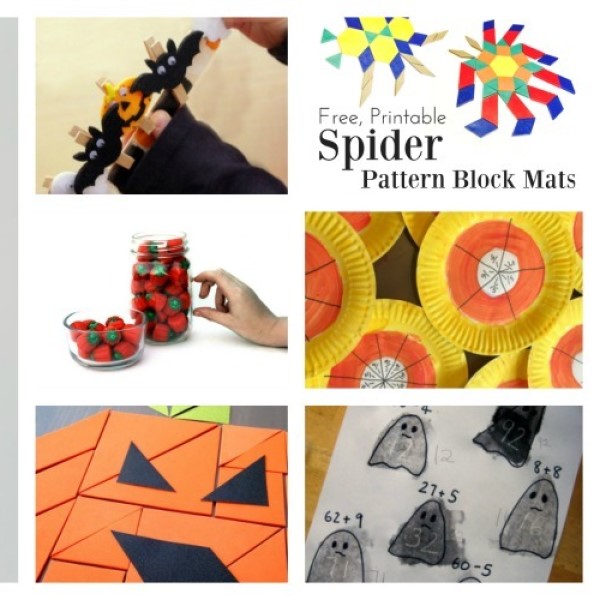
In this article, we will explore various Halloween math games, their benefits, and how teachers and parents can implement these activities effectively. Let’s dive into the spooky fun that mathematics and Halloween can offer!
The Importance of Math Games in Education
Enhancing Engagement and Motivation
Math can sometimes feel like a chore for students, but integrating games into learning significantly boosts engagement.
- Active Participation: When students play math games, they are not just passive learners; they actively participate in the learning process. This hands-on approach leads to better retention of math concepts.
- Fun Atmosphere: The festive atmosphere of Halloween adds an element of excitement to math games. This engaging environment fosters enthusiasm, making students more eager to learn.
Encouraging Peer Interaction
Many math games are designed for multiple players, allowing students to work together.
- Collaboration: Working in teams or pairs enhances collaboration and builds social skills. Students learn to communicate, share ideas, and solve problems collectively, promoting camaraderie.
- Healthy Competition: By introducing friendly competition, students are motivated to do their best. This creates a classroom environment where learning is both fun and challenging.
Building Essential Math Skills
Halloween math games are not only enjoyable; they also focus on developing important math skills.
- Reinforcement of Concepts: These games reinforce mathematical concepts that students have learned in class. This includes arithmetic, geometry, measurement, and problem-solving.
- Creativity and Critical Thinking: Many games require students to think critically and creatively. They must analyze problems and come up with innovative solutions, enhancing their overall cognitive abilities.
Creative Math Games for Different Grade Levels
Halloween Math Bingo
One popular and effective game is Halloween Math Bingo. The game uses bingo cards filled with math problems instead of numbers.
- Game Setup: Prepare bingo cards that feature math problems related to addition, subtraction, multiplication, or division. Instead of calling out numbers, read the corresponding answers to the problems.
- Playing the Game: Students will solve the problems on their cards. As they find answers, they can mark them off. The first student to complete a row, column, or diagonal yells “Bingo!” and wins the round.
- Adaptability: This game can be adapted for different grade levels by adjusting the difficulty of the math problems, making it suitable for a range of learning abilities.
Pumpkin Patch Math Puzzles
Another creative activity is the Pumpkin Patch Math Puzzles. This game combines Halloween themes with problem-solving.
- Puzzle Setup: Create a series of math puzzles that revolve around Halloween, such as calculating the number of pumpkins in a patch or solving riddles related to spooky characters.
- Team Participation: Divide students into teams and give them the puzzles to solve. Encourage collaboration as they work through the problems, and allow teams to present their solutions.
- Encouragement of Interaction: This format allows students to share ideas and strategies, enhancing their understanding of math concepts while enjoying Halloween fun.
Spooky Math Scavenger Hunt
A spooky math scavenger hunt provides an interactive way to practice math skills outdoors or within the classroom.
Preparation
- Design Math Questions: Begin by creating a series of math questions or puzzles that are themed around Halloween. These questions can incorporate various math concepts, such as addition, subtraction, multiplication, and even simple geometry.
- Incorporate Halloween Items: Use Halloween items as the basis for your questions. For instance, you might ask questions like, “If there are three black cats and five orange pumpkins, how many creatures are there in total?” This not only engages students’ math skills but also immerses them in the Halloween theme.
- Scattering Clues: Once the math questions are designed, hide them in different locations around the designated area. This could be a classroom, playground, or gym. Ensure that the clues are well-distributed so students have to search for them, adding an element of fun and surprise.
- Varying Difficulty Levels: Tailor the math questions to different skill levels, making sure all students can participate. For younger students, simple addition and subtraction problems work well, while older students could tackle multi-step problems or word problems related to Halloween themes.
- Use Visuals: Consider incorporating visual elements, such as images of Halloween-themed objects. For instance, using pictures of bats, ghosts, and witches can help make the math problems more relatable and engaging for young learners, turning abstract concepts into tangible items.
Team Dynamics
- Encouraging Collaboration: Divide students into pairs or small groups before starting the scavenger hunt. Working in teams allows students to collaborate, share ideas, and support each other as they solve the clues together.
- Promoting Communication: Collaboration fosters communication, as students must discuss the questions, share their strategies, and collectively arrive at answers. This not only helps strengthen their math skills but also improves their communication and social skills.
- Role Assignment: Assign roles within each group, such as a “solver” who focuses on the math problems, a “clue holder” who keeps track of the clues collected, and a “runner” who moves to find the next clue. This promotes responsibility and accountability within the group.
- Fostering Team Spirit: Encourage healthy team competition by introducing a points system for successfully solving each clue or finding hidden items. This element of friendly competition can motivate students and drive engagement throughout the activity.
- Time Management: Consider providing a time limit for solving each clue or completing the hunt. This helps students practice time management skills and adds a sense of urgency to the task, making it more exciting and dynamic.
Movement and Learning
- Kinesthetic Learning: This scavenger hunt approach promotes kinesthetic learning. By physically moving around to find clues and solve problems, students engage their bodies while learning, which can enhance cognitive retention.
- Reinforcing Math Skills: As students solve math problems embedded in their scavenger hunt, they reinforce their understanding of key math concepts. The active learning environment helps them apply math skills in real-world contexts, making abstract ideas more concrete.
- Encouraging Physical Activity: The format of the scavenger hunt encourages students to be active participants, leading them to walk, run, and move around. This physical activity not only boosts their energy levels but also contributes to their overall well-being.
- Creating Lasting Memories: The mix of movement and learning creates a memorable experience for students. By combining physical activity with problem-solving, they are more likely to remember the mathematical concepts learned during the activity.
- Building Positive Associations with Learning: By incorporating an active, engaging format into math instruction, students begin to associate learning with fun and positive experiences. This can foster a lifelong love of math and learning in general.
Online Resources
In addition to physical games, many online resources offer free Halloween math games that can be accessed anytime.
Math Websites and Apps
Numerous educational websites and apps focus on providing enjoyable math games for students.
- Gamified Learning: Websites like ABCmouse and Coolmath Games offer interactive platforms where students can play Halloween-themed math games. These resources are beneficial for children who prefer learning through technology.
- Tracking Progress: Many online platforms feature progress tracking, which allows parents and teachers to monitor students’ improvement over time.
Printable Worksheets
Teachers can also utilize printable worksheets that incorporate Halloween-themed math problems.
- Variety of Worksheets: These worksheets can range from basic addition and subtraction to more complex word problems related to Halloween scenarios. They provide additional practice opportunities that align with the festive season.
- Homework or In-Class Activity: Worksheets can be assigned as homework or used as in-class activities. This flexible format allows educators to integrate Halloween themes into their lesson plans easily.
Tips for Implementing Halloween Games
Tailoring Games to Suit Student Needs
- Choose Appropriate Difficulty Levels: Consider the grade level and abilities of your students when selecting games. Adjust the difficulty to ensure all students can participate and benefit from the activities.
- Encourage Inclusive Participation: Ensure that every student has a chance to participate, regardless of skill level. Create mixed teams to promote collaboration and learning from one another.
Creating a Festive Environment
- Decorate the Learning Space: Transform your classroom with Halloween decorations to create a festive atmosphere. A visually engaging setting enhances students’ mood and enthusiasm for learning.
- Incorporate Halloween Snacks: Consider providing Halloween-themed snacks or treats during math games. These small incentives can motivate students and create positive associations with learning.
Allow Time for Reflection and Discussion
- Debriefing Sessions: After games are completed, hold a reflection session where students can discuss what they learned. This will reinforce the skills they practiced and help them internalize the concepts.
- Share Strategies: Encourage students to share their problem-solving strategies with peers. This exchange of ideas promotes critical thinking and allows them to learn from one another.
FAQs
What are some popular types of Halloween math games?
Some popular types include math bingo, scavenger hunts, puzzle challenges, and interactive online games. Each offers unique ways to practice math skills with a festive twist.
Can Halloween math games be adapted for different grades?
Yes, Halloween math games can be easily tailored to suit various grade levels by adjusting the difficulty of problems. Teachers can modify activities to meet the diverse needs of their students.
Do Halloween math games focus only on arithmetic skills?
While many games emphasize arithmetic, they can also incorporate other math concepts such as geometry, measurement, and problem-solving. This versatility makes them beneficial for comprehensive math learning.
How can parents support Halloween math games at home?
Parents can engage in Halloween-themed math activities with their children, help them create homework assignments, or utilize educational apps and online games designed for Halloween.
Conclusion: Celebrate Learning This Halloween Season
Integrating Halloween math games into your classroom or home learning environment offers an excellent way to engage students during the spooky season. By combining math concepts with fun and interactive activities, educators can foster a love for learning and enthusiasm for mathematics.
These games not only reinforce important skills but also create memorable experiences filled with laughter and excitement. This Halloween, consider incorporating these games and activities to make math both educational and enjoyable for students. Let’s celebrate learning and embrace the fun of the season!
